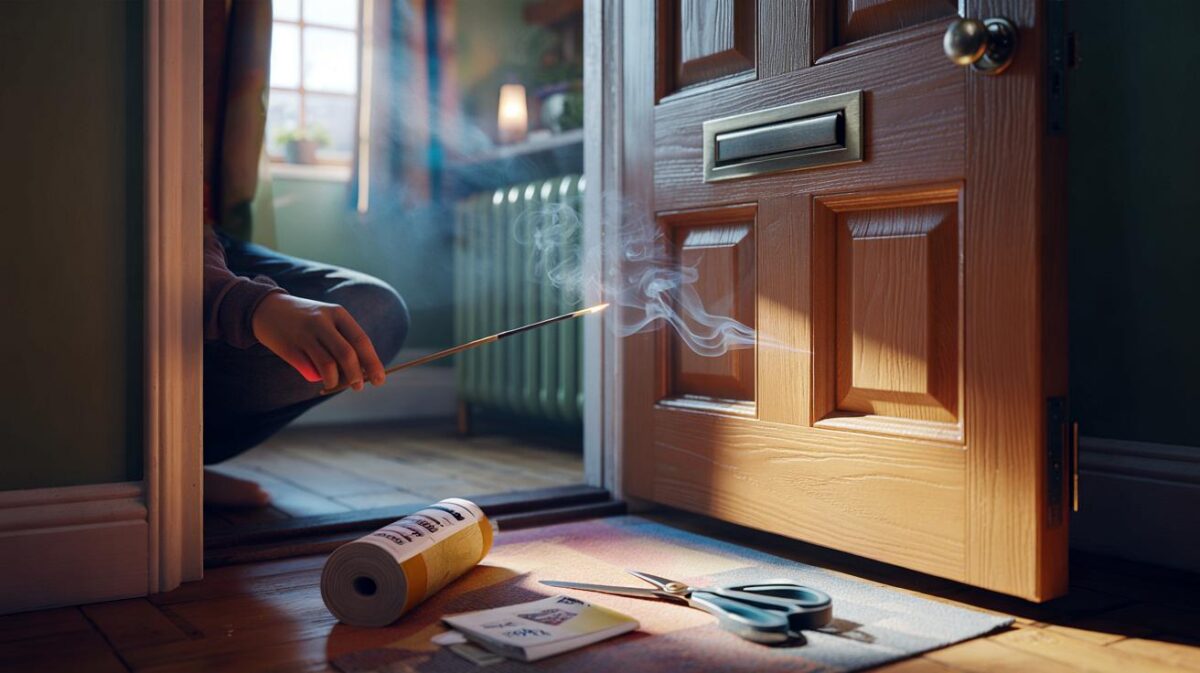No frantic talk of the latest acids, no 11-step routines. Just quiet faces with that rested, resilient look that doesn’t scream “tweakment” or filter. I watched someone massage a pea of moisturiser between palms like a barista coaxing crema, then press it into her skin as if tucking in a child. The tempo felt slower, kinder, almost old-fashioned in its intimacy. A colleague whispered that her finest “anti-ageing move” this year was cutting her routine in half and adding time, not steps. It sounded like a dare to do less and feel more. The air in the room shifted. The trick had a name.
The quiet rise of slow beauty
Slow beauty isn’t laziness in silk pyjamas. It’s a deliberate change of speed, where the routine serves the skin, not the other way round. You pare back the noise, focus on function, and give ingredients the weeks they need to work. The glow that follows looks suspiciously like health.
Take Maya, a London editor who once rotated four exfoliants like a DJ hunting for a drop. Her cheeks flared, her barrier buckled, and nothing sat right under make-up. She stripped it back to cleansing, moisturiser, SPF, and a twice-weekly retinoid, plus two minutes of facial massage. Eight weeks later her redness calmed and her foundation stopped sinking into fine lines. Her colleagues asked if she’d slept.
Here’s why it plays out on the face. When you reduce friction — harsh scrubs, over-cleansing, product pile-ons — you reduce micro-inflammation that accelerates collagen loss. **Less friction equals less inflammation.** Gentle consistency rebuilds the barrier so water stays in, irritants stay out, and lines look softer because skin is plump, not parched. Rituals that slow your nervous system also matter: unhurried touch encourages a rest-and-digest response, which steadies cortisol and helps skin repair at night.
How to practise it without the faff
Start with a time shift, not a shopping list. Mornings: cleanse once, apply an antioxidant serum or simple vitamin C, then a cream that seals without smothering and SPF 50. Evenings: cleanse, layer a ceramide-rich moisturiser, and micro-dose a retinoid two nights a week. Spend 60 seconds on lymphatic strokes, always light and upward. **Consistency beats intensity.**
We’ve all had that moment when a new serum promises glass skin by Friday and your finger is already on “buy now.” Give your face a month-long runway instead. Introduce one new product at a time for 28 days. Keep acids to once a week if your skin is reactive, and skip them the night before retinoid. Let textures do the work: balms in winter, fluids in summer. Let’s be honest: nobody really does that every day.
Think of pace as your main active and patience as your co-signer. Build a baseline routine you could do half-asleep, then edit with intention.
“Slow beauty isn’t about doing nothing,” says Dr Amara Neill, a consultant dermatologist. “It’s about doing the right thing long enough for biology to catch up.”
- Keep a 4-product core: cleanse, treat, moisturise, SPF.
- Limit actives to one per night to avoid crossfire.
- Use fingertips, not force. Skin is an organ, not a saucepan.
- Commit to 8 weeks before you judge an active.
The bigger shift: ageing well, not fighting time
Slow beauty reframes “anti-ageing” away from panic buys and toward tissue quality. It’s the opposite of sprinting in stilettos. You still use power players — retinoids, peptides, sunscreen — you just give them room to breathe. You also expand the definition of skincare to include sleep, stress, and small pleasures, because faces remember the day you had. *This is not laziness; it’s literacy.*
There’s also the social signal. A quieter, steadier face reads as self-trust, not retreat. The light sits differently on skin that isn’t auditioning for approval. You notice texture, yes, but also ease — that soft buoyancy you get from moisture trapped properly and muscles that aren’t clenched. It’s an elegance built from inside jokes with your mirror.
Anti-ageing becomes less about rewinding and more about buffering. SPF every day. Retinoids at a dose your barrier loves, not tolerates. Massage for microcirculation. Ten-minute walks in morning light for circadian rhythm, which nudges skin repair at night. **SPF is non-negotiable.** The result isn’t a frozen forehead. It’s a face that looks like it’s being well lived.
So, why editors swear by it now
Because our industry has seen the hangover. Product fatigue is real, and so is redness fatigue. When the world sped up, skin frayed; when routines slowed, faces recovered. Editors live in the crossfire of launches and learn to spot the quiet winners: the routines that still work in a bad week, the moisturiser you finish and buy again, the serum that pulls its weight without drama.
There’s a cost-of-living subtext too. Slow beauty doesn’t ask you to overhaul everything; it asks you to use what you own, better. Spend on daily sunscreen and a retinoid that agrees with your life. Save by dropping duplicates and weekly impulse acids. Replace pace with presence: longer application, lighter pressure, smaller amounts. Your skin understands rhythm.
It also answers an emotional itch. When days feel pixelated, the most radical thing can be a minute of calm with warm hands and a single cream. You’re not trying to beat the clock; you’re matching it. Skin likes that. And when it does, the face you carry through your day looks less rushed, more reliable, and yes, a little younger without trying too hard.
| Point clé | Détail | Intérêt pour le lecteur |
|---|---|---|
| Slow over strong | Reduce friction, keep actives simple, extend timelines to 8 weeks | Fewer reactions, results that stick, less money wasted |
| Touch as treatment | One minute of light massage to aid lymphatic flow and de-puff | Immediate softness, calmer features, better product penetration |
| Anchor products | Daily SPF, gentle cleanser, barrier cream, micro-dosed retinoid | A routine you can repeat on autopilot and trust under stress |
FAQ :
- Is slow beauty just minimalism with better PR?Minimalism cuts steps; slow beauty changes speed. You still use high-performance products, but you space them out, tolerate them well, and let biology do its quiet work.
- How long until I see results?Expect hydration and ease within a week, fewer flare-ups by week four, and texture/line improvements from retinoids around weeks eight to twelve.
- Can I keep my acids and retinol?Yes — alternate nights or alternate weeks. Pair acids with hydration only, and keep retinoid nights simple so your barrier isn’t fighting a war on two fronts.
- What about professional treatments?They can sit inside a slow approach. Space them sensibly, prep your barrier two weeks beforehand, and focus on maintenance, not constant escalation.
- Is it suitable for sensitive or darker skin tones?It’s ideal, because it lowers inflammation that can trigger hyperpigmentation. Choose non-stripping cleansers, fragrance-light formulas, and build tolerance slowly.







